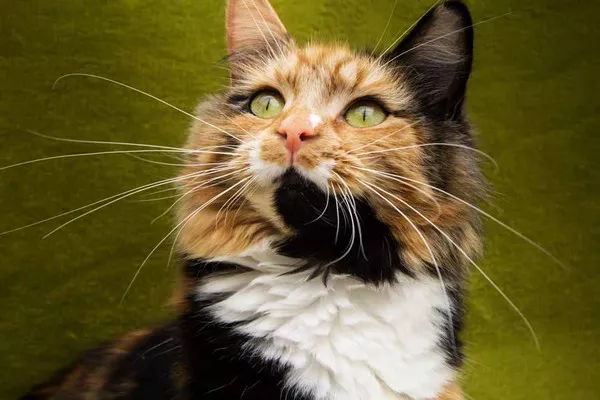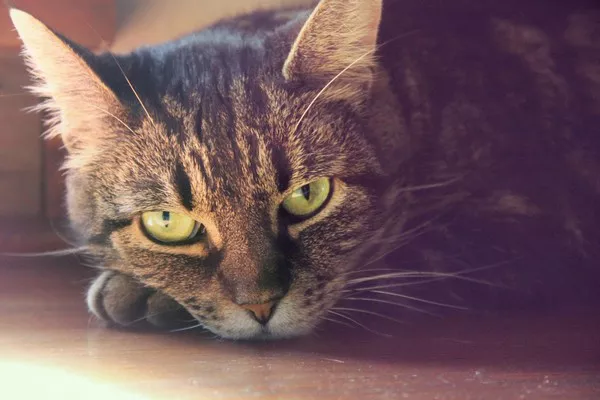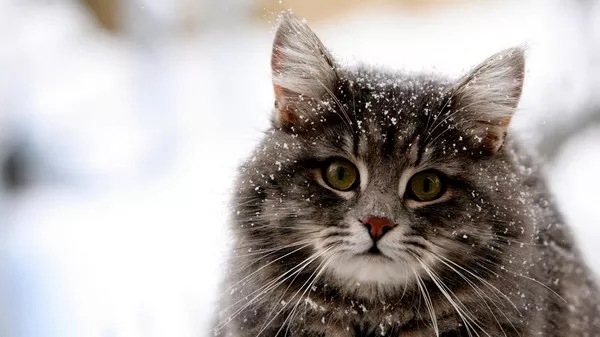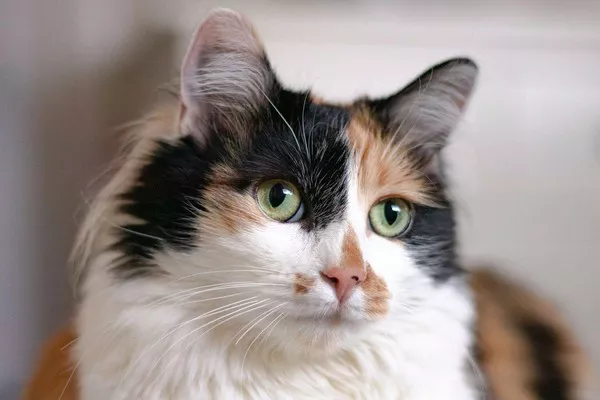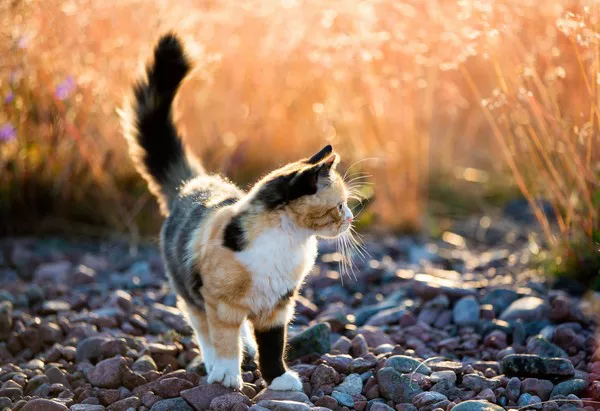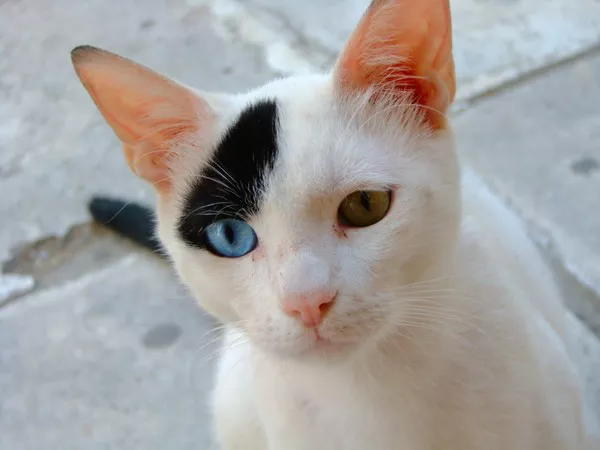Calico cats, celebrated in numerous cultures for their striking, tri-colored coats, hold a special place in the hearts of cat lovers and breeders alike. While commonly known for their traditional coloration of black, white, and orange, there exists a variety of calico color variations, some of which are exceedingly rare. This article delves into the genetics, significance, and rarity of these colorations, providing a comprehensive understanding of what makes certain calico cats exceptionally unique.
Understanding Calico Cats: A Primer
Calico refers not to a breed, but to a cat’s color pattern. These patterns consist of three colors – typically black, orange, and white. This tri-color pattern is the result of genetic expression, specifically linked to the X chromosome. The unique genetic makeup of calico cats means that they are almost always female; male calicos are extremely rare and usually sterile.
The Genetics of Calico Coloration
To fully appreciate the rarity of certain calico color variations, it’s crucial to understand the genetic mechanics behind their color patterns. Calico coloration is influenced by two main genes: the orange gene (O) and the black gene (B), which are located on the X chromosome.
X Chromosome Inactivation: Female mammals have two X chromosomes, and in calico cats, each X chromosome carries a coat color gene that could be either orange or black. During development, one of the X chromosomes in each cell deactivates at random, a process known as X-inactivation or Lyonization. This phenomenon causes some cells to express an orange color and others to express black, leading to the patchy appearance.
White Spotting Factor: The white areas on calico cats are due to a completely different gene, the white spotting gene, which masks the color on parts of the cat’s coat, creating patches of white. This gene is not linked to the X chromosome and is independent of the cat’s gender.
The Traditional Calico and Its Variations
While the classic calico sports a combination of black, orange, and white, several variations exist:
Dilute Calico: Instead of the stark black and bright orange, dilute calicos feature softer hues like gray (blue), gold (cream), and white. This variation results from a different set of alleles that “dilute” the darker pigments.
Chocolate Calico: These calicos have chocolate instead of black and orange instead of the standard orange. They can also include white. This is due to a modification in the black gene that produces a chocolate color instead of black.
Cinnamon Calico: Similar to chocolate calicos, but with a cinnamon rather than chocolate or black hue. This rare coloring is also a variation produced by the black gene.
The Rarity of Specific Calico Colorations
Among these variations, some are notably rarer than others. The dilute, chocolate, and cinnamon calicos are less common than their traditional counterparts, but the rarest of all is the chocolate calico due to the recessive nature of the chocolate color gene.
Chocolate Calico: The Rarest Calico Coloration
The rarity of the chocolate calico cat stems largely from the genetic requirements to produce the chocolate color. The gene responsible for chocolate coloring is a recessive gene, meaning that both parents must carry this gene to produce a chocolate offspring. In addition to this, the calico pattern requires the intricate play of both orange and black genes along with the white spotting gene.
The Importance of Rarity
The rarity of certain calico cats does more than just enhance their aesthetic appeal—it also increases their cultural and economic value. In many cultures, calico cats are considered harbingers of good luck, and the rarer the coloration, the more unique the cat is perceived to be.
Calico Cats in Culture and Folklore
Calico cats hold a special place in the folklore of many societies. In the United States, they are sometimes referred to as “money cats” due to the belief that owning one can bring financial prosperity. In Japan, the Maneki-neko, or “beckoning cat,” often depicted as a calico, is a common talisman believed to attract good luck and fortune.
Breeding Challenges and Considerations
Breeding calico cats, especially those with rare colorations like chocolate, presents significant challenges:
Genetic Predictability: The complex interplay of genes that results in calico patterning is difficult to predict with complete accuracy, making targeted breeding for specific colors challenging.
Male Calico Rarity: The genetic anomaly that occasionally produces a male calico cat complicates breeding programs. These male calicos are almost always sterile, meaning they cannot contribute to breeding programs aimed at perpetuating rare color variations.
Conservation and Ethical Breeding
As breeders and enthusiasts seek to preserve and promote the rarest calico colorations, ethical considerations come into play. It is crucial to prioritize the health, well-being, and genetic diversity of the cats over the pursuit of specific aesthetic traits. Ethical breeding practices ensure that the pursuit of rare colors does not compromise the overall health and diversity of the cat population.
Conclusion: Celebrating Calico Rarity
In conclusion, the rarest calico cat coloration is undoubtedly a marvel of genetics and a testament to the complexity of nature’s palette. Chocolate calicos, with their unique and mesmerizing hue, epitomize this rarity. While the pursuit of rare colorations like the chocolate calico offers aesthetic and cultural rewards, it also invites a responsibility to maintain ethical breeding practices. As we continue to admire and value these rare beauties, we must also ensure the welfare of the cats that bring so much intrigue and joy into our lives.

